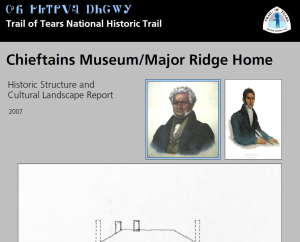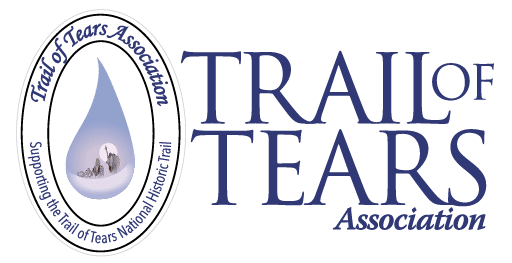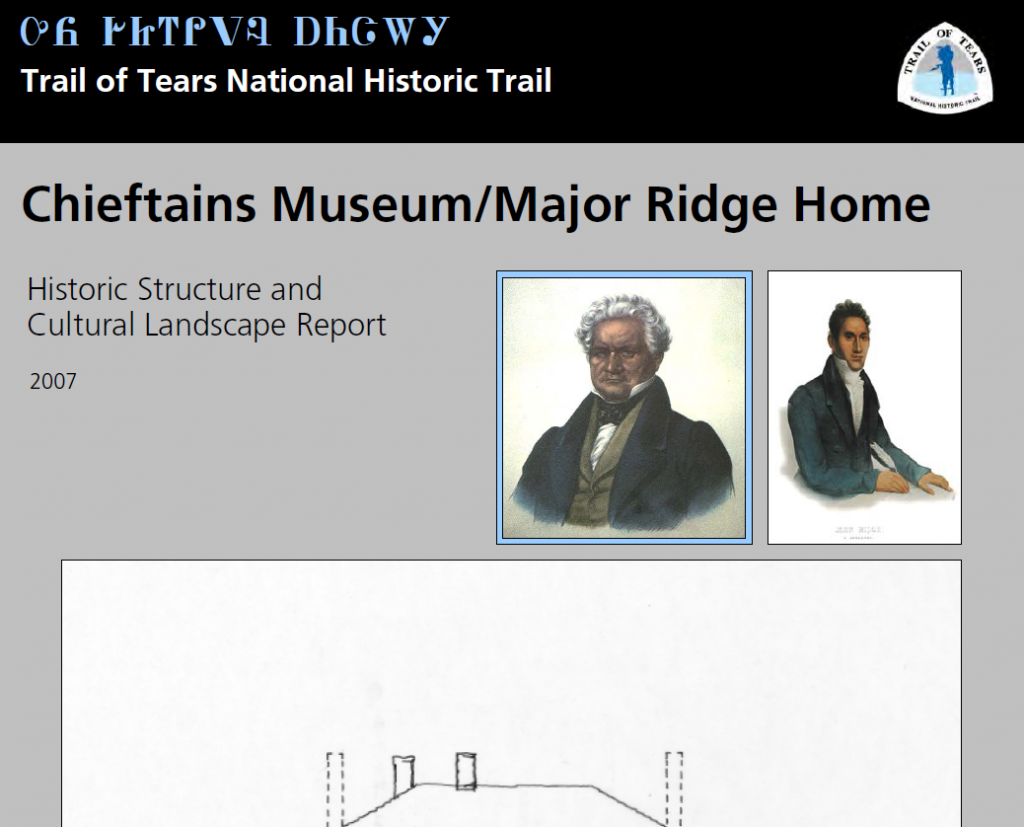
Major Ridge Home
Major Ridge was a leading figure of the Cherokee Nation during the time of Cherokee removal. In 1835, Major Ridge and the Treaty Party signed the Treaty of New Echota, which resulted in Cherokee removal. The historic home of Major Ridge, although greatly altered from the time Major Ridge and

